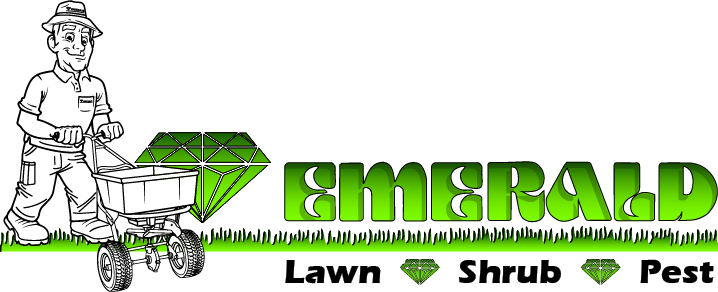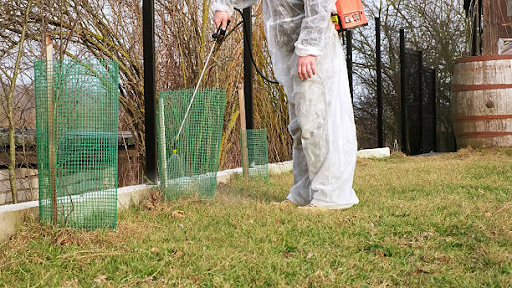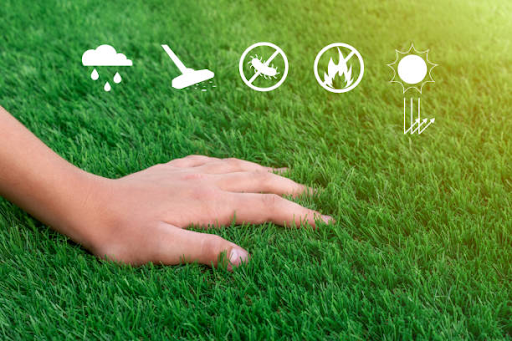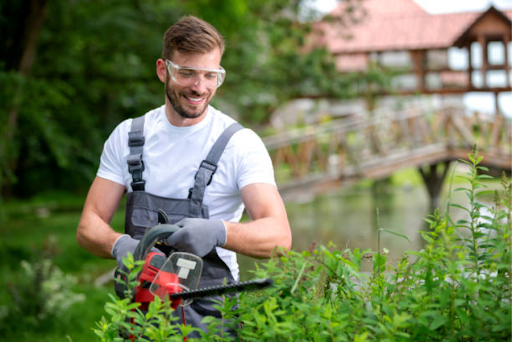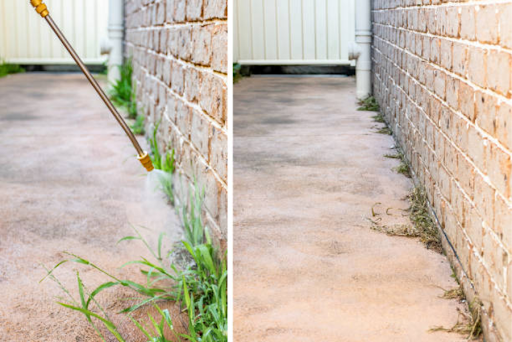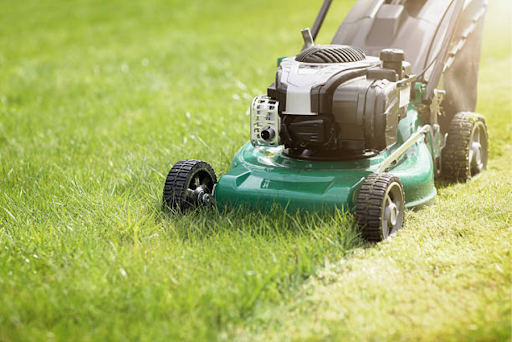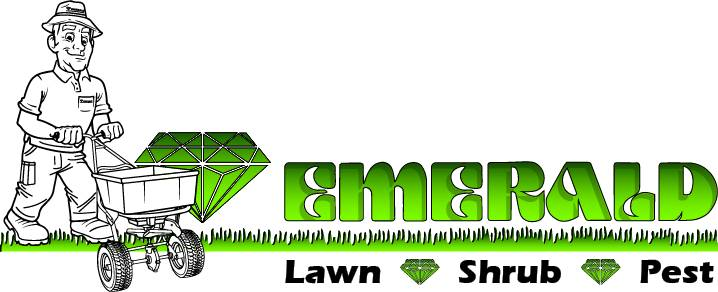Emerald Lawn-Scapes P.O. Box 174 Boonton, NJ 07005-1752
How to Protect Your Lawn from Grubs & Insects in Northern NJ 🐛
A lush, healthy lawn doesn't just happen—it’s the outcome of smart, timely pest management. In Northern New Jersey, homeowners often face threats from grubs, chinch bugs, billbugs, sod webworms, and more. These pests undermine turf health from below the surface, making early detection and integrated strategies essential.
Emerald Lawn‑Scapes integrates pest services into your lawn care, shrub maintenance, and landscaping plans to protect your investment. Here’s everything you need to know to shield your lawn—and your family—from pests in Boonton and throughout NJ.
Why Grubs & Insects Threaten Your Turf
Grubs are the larvae of beetles like Japanese beetles and European chafers. These soft-bodied pests feed aggressively on grassroots, leading to lawn dieback and thinning. Above ground, surface feeders such as chinch bugs, sod webworms, and armyworms cause extensive blade damage during summer months.
Signs include brown turf that peels back like a carpet, spongey texture underfoot, and scavenger animals digging for grubs. These signs often emerge in late summer, when pest populations spike in Northern NJ.
Detecting Grub & Insect Problems Early
To diagnose potential infestations, use a spade or cup cutter to remove a square foot of sod and inspect beneath. A count of 5–10 grubs per square foot usually requires treatment. Similar inspection works for surface insects—look for chewed blades and larvae on or near soil surface.
Monitoring helps align timing with the pest lifecycle. Tools like pheromone traps and soil temperature logs support strategic application of pest control treatments.
Timing Is Everything for Treatment
Preventive treatments are best applied from mid-June through early July, when beetle eggs hatch. Curative measures are effective in August and September, once feeding has begun.
Whether you're applying synthetic insecticides or organic alternatives, correct timing ensures effectiveness. Lawn care programs from Emerald align pest control with core aeration, fertilization, and seeding to ensure holistic protection.
Organic vs Conventional Pest Solutions
Natural pest control options include beneficial nematodes, milky spore, and neem oil—all safe for pets and pollinators. These solutions take longer to work but offer environmental benefits.
Conventional options, including active ingredients like imidacloprid or chlorantraniliprole, provide faster results and are effective for both preventive and curative control. Emerald’s Organic Bridge Program blends both approaches for optimized pest resistance while maintaining safety for children and pets.
Integrated Pest Management (IPM): The Smart Approach
According to the EPA’s IPM framework, integrated pest management minimizes chemical reliance by incorporating monitoring, cultural changes, biological controls, and targeted applications. This method reduces environmental impact and supports long-term turf health.
For example, mowing lawns at the recommended height and managing irrigation patterns can reduce turf stress and increase natural resistance to pests.
Cultural Practices That Support Pest Control
Healthy turf is the first line of defense. Aeration and dethatching disrupt insect environments and promote root strength. Seasonal fertilization programs boost nutrient density and turf density, creating conditions where pests are less likely to thrive.
Soil testing further enhances pest resistance by ensuring your lawn has the right nutrient balance and pH level.
Avoiding Common Errors
Many homeowners treat too late in the season, or misuse products that harm beneficial insects and microbes. Others apply too frequently, stressing the lawn further.
Partnering with professionals ensures proper diagnosis, timing, and application. It also means your pest plan integrates seamlessly with your broader shrub care and lawn goals.
How Emerald Protects Your Yard
At Emerald, we provide year-round defense through expert monitoring, customized grub and insect control, and fully integrated care plans. Whether through our pest control services or layered lawn and shrub maintenance programs, we ensure your turf stays green, strong, and pest-free.
Trusted Resources
For more guidance on white grubs and turf pest treatment, visit Rutgers’ FS1016 Guide or explore the EPA’s IPM best practices for residential turf. These sources support sustainable methods that align with Emerald’s professional standards.
FAQs
How often should I treat for grubs?
Preventively, once per season is ideal. If damage appears, a curative application may be required later in summer.
Are organic treatments effective?
Yes—with consistent use and proper application, natural options like milky spore and nematodes work well in IPM settings.
Will my lawn recover on its own?
Mild damage may recover with good care. For severe infestations, aeration and overseeding may be necessary.

